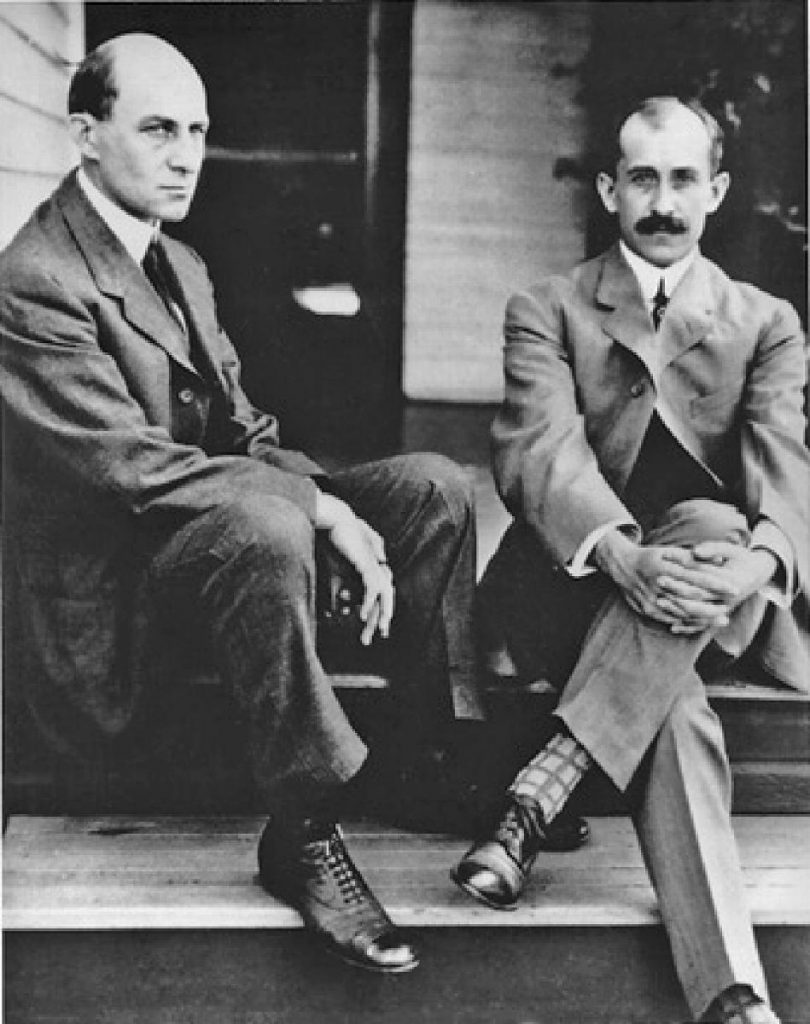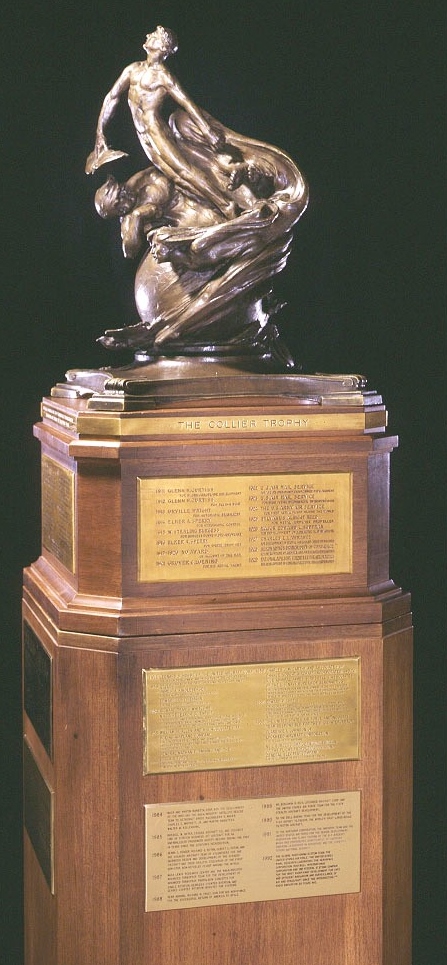The National Aeronautic Association (NAA) is the oldest national aviation organization in the United States. A non-profit association, NAA is “dedicated to the advancement of the art, sport and science of aviation in the United States,” according to its Mission Statement. The core of the organization is its members; thousands of individuals, organizations, and corporations representing all segments of American aviation. NAA encompasses all areas of flight from skydiving and models to commercial airlines, military aircraft, and spaceflight.
NAA is the official record-keeper for United States aviation. Recognized, official records are set through our Contest & Records department. NAA provides observers for many record attempts and compiles the data necessary to certify aviation and spaceflight records of all kinds.
Some of the nation’s most prestigious aviation awards are administered by NAA, including the Collier Trophy and the Wright Brothers Memorial Trophy. The Awards & Events department collects nominations and assembles committees to select winners of America’s most important aviation awards annually, presenting them at ceremonies and events throughout the year.
NAA’s Rich History
Before NAA became one of the leaders in the field of aviation near the turn of the century, it actually had its roots planted firmly on the ground. NAA’s forerunner was the Automobile Club of America, which counted some of America’s most influential people among its members—William K. Vanderbilt, Jr., Charles Glidden and Phillip T. Dodge to name a few. These men and several others decided to branch out into the fledgling field of aviation in 1905, founding the Aero Club of America (ACA).
In 1905, few people believed powered aircraft would be feasible in the future. At the beginning, the ACA’s goal was to promote aviation in any way possible, as both a sport and a commercial endeavor. ACA’s early work helped advance aviation in its early years faster than it might have developed otherwise.
NAA was incorporated in 1922 as the Aero Club’s successor, and continued the original group’s mission of promoting aviation. The ACA and NAA issued all pilot licenses in the U.S. from 1905 until the Civil Aeronautics Act of 1926.

As the nation’s first national aviation group, many famous aviators had a hand in NAA’s development. NAA’s members and supporters over the years include the Wright Brothers, Glenn Curtiss, Wiley Post, Jimmy Doolittle, Charles Lindbergh, Amelia Earhart, Chuck Yeager, John Glenn and Dick Rutan. In 1928, the association erected the granite monument in Kitty Hawk, N.C., that marks the site of the Wright Brothers’ first flight, 25 years after its occurrence.
View recent Annual Reports: 2013, 2012, 2011 2010, 2009, 2008
NAA’s Mission
The primary mission of NAA is the advancement of the art, sport, and science of aviation and space flight by fostering opportunities to participate fully in aviation activities and by promoting public understanding of the importance of aviation and space flight to the United States. In carrying out this mission, NAA, as the National Aero Club of the United States, will
“Develop opportunities to strengthen the mutual objectives of NAA and its corporate members, air sport organizations, chapters and affiliates, including the formation of affiliated aero clubs in U.S. cities where such organizations do not now exist; Represent U.S. aviation throughout the world as a member of the Fédération Aéronautique Internationale; Encourage, coordinate, document, and promote competition and record-making aviation and space events in accordance with the rules prescribed by the Fédération Aéronautique Internationale, of which NAA is the official U.S. representative; Recognize and reward those who make outstanding contributions to the advancement of aviation and space flight through presentations of awards and other honors; Endorse sound national programs and other efforts designed to help the United States remain a leader in aviation and space flight; Support and encourage aviation and space education programs; Promote and encourage public participation in, and appreciation of, U.S. aviation and space activities.”


